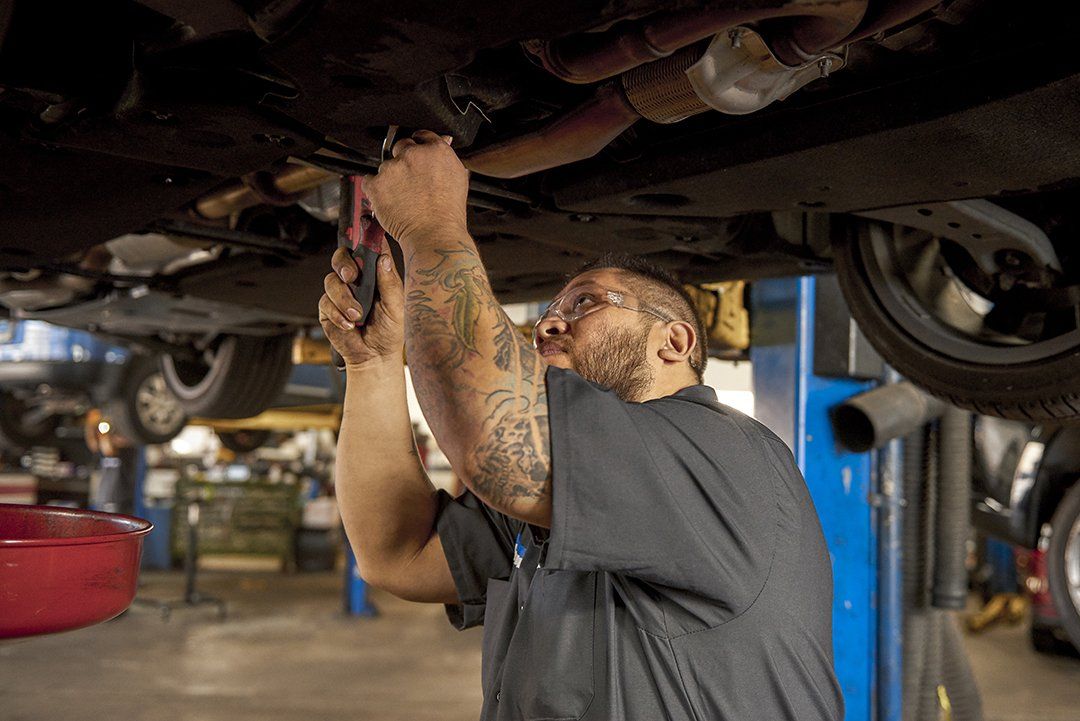Manual transmission systems, additionally called hand-operated gearboxes or standard transmission, need drivers to manually choose equipments using an equipment stick and operate a clutch pedal. This configuration offers straight control over the vehicle's power and speed, allowing for an extra involved driving experience. The core parts of a manual transmission include gears, shafts, and synchronizers, which interact to send engine power to the wheels successfully.
In a normal handbook transmission, the vehicle driver uses the clutch pedal to disengage the engine from the transmission, picks the wanted gear utilizing the gear stick, and after that launches the clutch to re-engage the engine with the brand-new gear ratio. This process permits for accurate control over the lorry's efficiency, enabling motorists to optimize power delivery for different driving conditions. The direct mechanical link in manual transmissions typically causes much better fuel effectiveness and an extra linked feel in between the chauffeur and the car.

The drivetrain in lorries with manual transmissions contains a number of crucial elements:
•Clutch: Engages and disengages the engine from the transmission to permit gear modifications.
•Gearbox: Contains a set of gears that can be chosen to readjust the automobile's rate and torque.
•Driveshaft: Transfers power from the transmission to the differential.
•Differential: Disperses power to the drive wheels while enabling them to revolve at different rates, especially during turns.

Recognizing these elements is critical for proper automobile upkeep and procedure, making certain a smooth and receptive driving experience.
Check for more info at Logan Square Auto Repair - Automatic/Manual Transmission Systems Facebook Youtube Instagram
Latest Posts
Ensure Your Security with Specialist Brake Service at Modern Nissan of Hickory
Maintain Your Engine Operating at Peak Efficiency
Your Reliable Mazda Dealer in North Carolina – Modern Mazda of Burlington
Navigation
Latest Posts
Ensure Your Security with Specialist Brake Service at Modern Nissan of Hickory
Maintain Your Engine Operating at Peak Efficiency
Your Reliable Mazda Dealer in North Carolina – Modern Mazda of Burlington